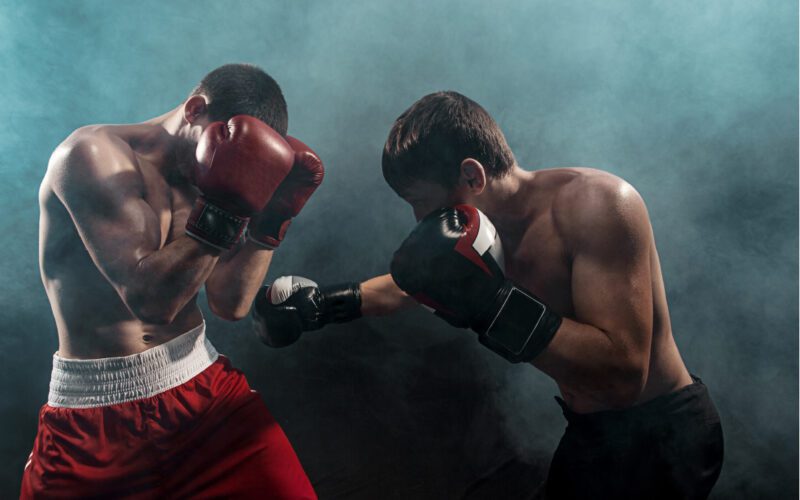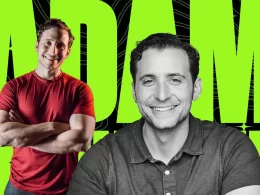Table of Contents Show
The solar plexus punch is one of the most effective and devastating strikes you can use in a fight. It can knock out your opponent, cause extreme pain, and even damage their internal organs. But what is the solar plexus, and why is it so vulnerable? How can you deliver a perfect solar plexus punch, and what are the risks involved? In this article, you will learn 10 shocking facts about the solar plexus punch, and how to use it safely and effectively.
What is the solar plexus?
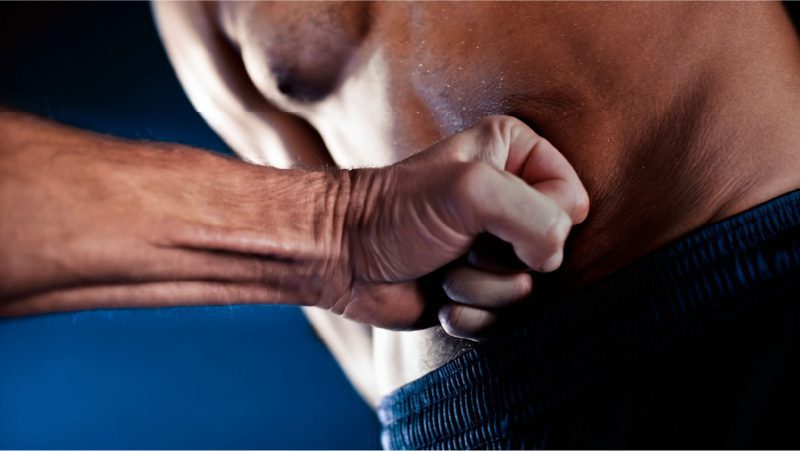

The solar plexus is a complex network of nerves located in the upper abdomen, behind the stomach and below the rib cage. It is also known as the celiac plexus, and it controls many vital functions, such as breathing, digestion, blood pressure, and heart rate. The solar plexus is connected to the brain by the vagus nerve, which is responsible for the “fight or flight” response.
How to find the solar plexus?
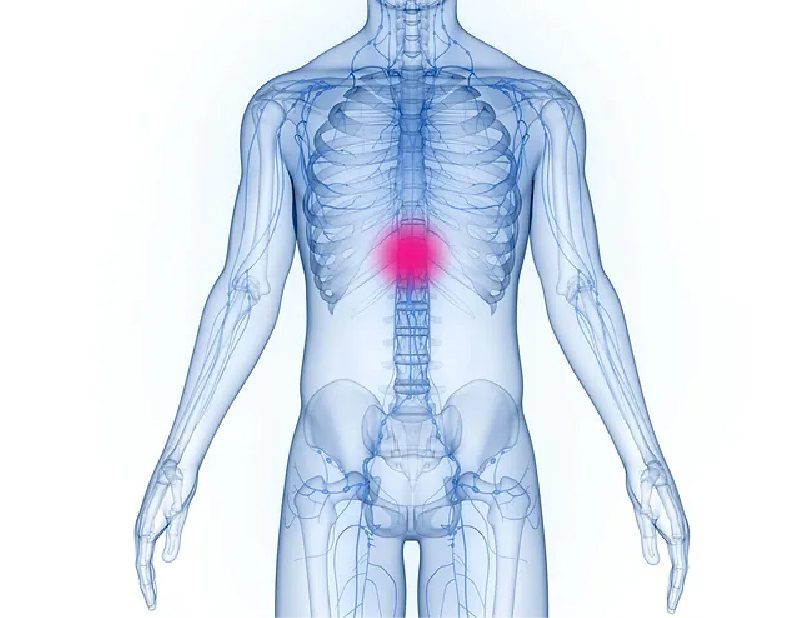

The easiest way to find the solar plexus is to locate the sternum, which is the bone that connects your ribs in the center of your chest. Then, move your finger down about an inch or two, until you feel a soft spot where there is no bone. That is where the solar plexus is located.
Why is the solar plexus punch so vulnerable?
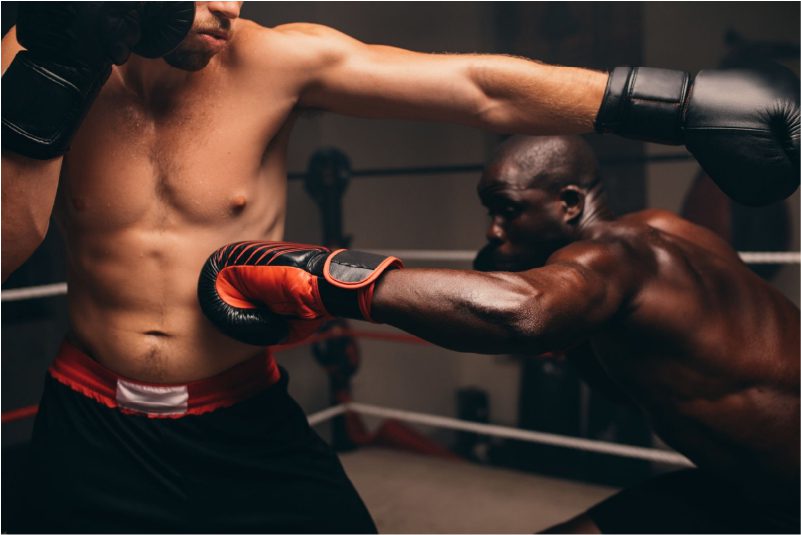

The solar plexus is vulnerable to punches because it is not protected by any bones or muscles. It lies just below the rib cage, which leaves a gap between the ribs and the abdominal muscles. This gap is called the xiphoid process or the xiphisternum. It is a small piece of cartilage that attaches to the lower end of the sternum.
The xiphoid process is not strong enough to withstand a direct impact from a punch. A punch to this area can easily penetrate through the cartilage and hit the solar plexus underneath. When the solar plexus is hit, it causes a sudden and intense contraction of the diaphragm, which is the muscle that helps you breathe. This makes it hard to breathe, and can also trigger a reflex that slows down your heart rate and lowers your blood pressure. This can result in a loss of consciousness, or even death in rare cases.
How to punch the solar plexus?
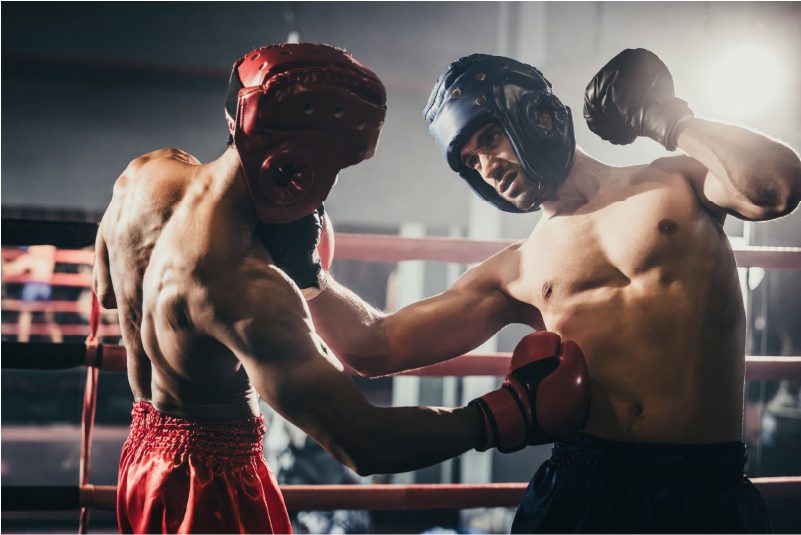

To punch the solar plexus effectively, you need to follow these steps:
- Assume a fighting stance, with your feet shoulder-width apart, your knees slightly bent, and your hands up near your chin.
- Keep your eyes on your opponent’s face, not their body. This will make it harder for them to anticipate your punch.
- Step forward with your dominant foot, and rotate your hips and shoulders as you throw a straight punch with your dominant hand. Aim for the soft spot below their sternum.
- Transfer your body weight through your punch, and imagine that you are hitting through their body, not just their surface.
- Snap your hand back to your guard position as soon as you make contact. Do not leave it there or push it further.
- Be ready to follow up with another punch or move if they are still standing.
What are the benefits of Solar Plexus Punch?
Punching the solar plexus can have many benefits in a fight, such as:
- It can cause immediate and severe pain that can distract or disable your opponent.
- It can make them lose their breath and gasp for air, which can reduce their stamina and endurance.
- It can disrupt their balance and coordination, which can make them vulnerable to further attacks.
- It can induce fear and panic in them, which can lower their confidence and morale.
- It can knock them out cold if you hit them hard enough.
What are the risks of Solar Plexus Punch?
Punching the solar plexus can also have some risks, such as:
- It can be difficult to land accurately if your opponent is moving or guarding their body.
- It can expose your face and head to counterattacks if you lower your guard or overextend your arm.
- It can injure your hand or wrist if you hit their ribs or other hard surfaces instead of their soft spot.
- It can damage their internal organs if you hit them too hard or too often.
- It can be considered illegal or unethical in some sports or situations.
What are the effects of a solar plexus punch?
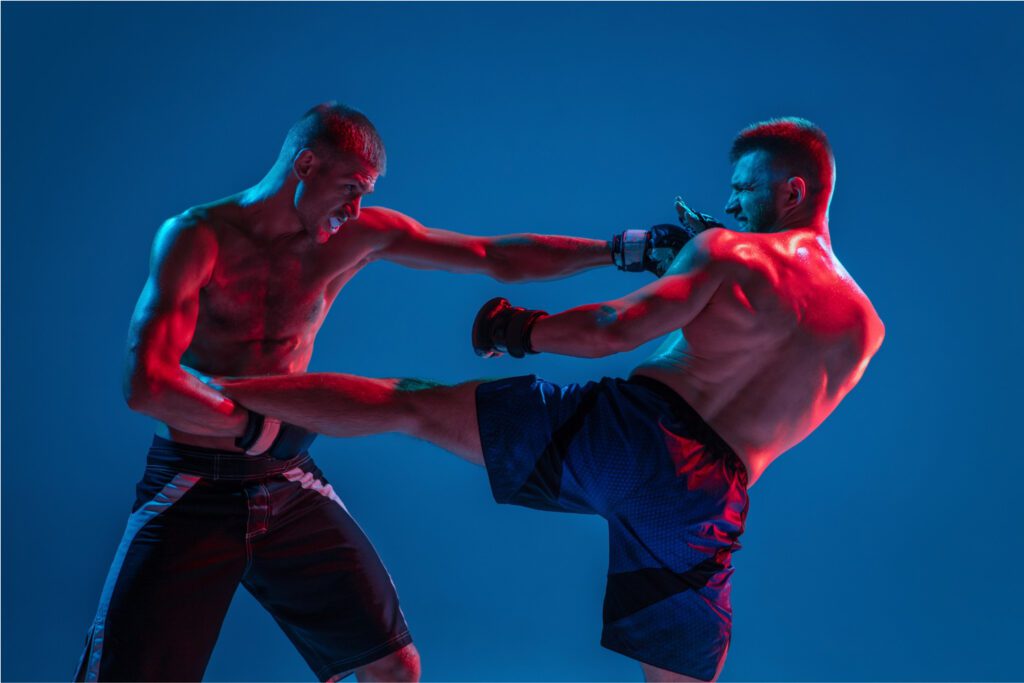

A punch to the solar plexus can have several effects, depending on the force and angle of the impact. Some of these effects are:
- Loss of breath: The most common and immediate effect of a solar plexus punch is losing your breath. This happens because the punch causes a spasm of the diaphragm, which prevents it from moving normally. As a result, you cannot inhale or exhale air properly. This condition is also known as getting “winded” or having “the wind knocked out of you”.
- Pain: A solar plexus punch can cause intense pain in the upper abdomen and chest area. The pain can radiate to other parts of the body, such as the back, shoulders, arms, and legs. The pain can last for several minutes or hours, depending on the severity of the injury.
- Nausea: A solar plexus punch can also cause nausea and vomiting. This happens because the punch stimulates the vagus nerve, which is part of the parasympathetic nervous system. The vagus nerve controls many digestive functions, such as gastric motility, secretion of digestive enzymes, and appetite. When the vagus nerve is activated by a solar plexus punch, it can cause contractions of the stomach and intestines, leading to nausea and vomiting.
- Dizziness: A solar plexus punch can also cause dizziness and fainting. This happens because the punch affects the blood pressure and heart rate. The punch can cause a sudden drop in blood pressure (hypotension), which reduces blood flow to the brain. This can cause lightheadedness, blurred vision, and loss of balance. The punch can also cause a rapid increase in heart rate (tachycardia), which can lead to palpitations, chest pain, and anxiety.
- Unconsciousness: A solar plexus punch can also cause unconsciousness or coma. This happens because
the punch disrupts the brain stem function, which regulates consciousness and arousal. The punch can cause a temporary or permanent damage to the brain stem cells, which can impair breathing, circulation, and reflexes. This can lead to coma or death.
How to defend against a solar plexus punch?
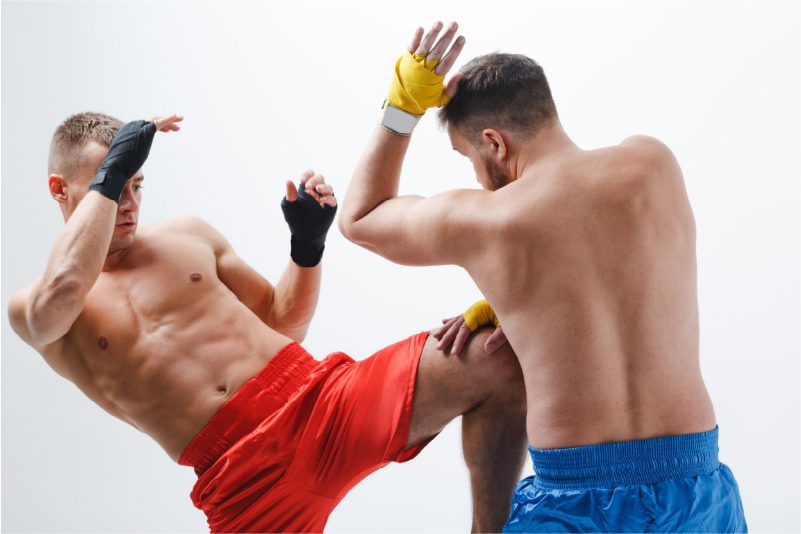

The best way to avoid getting punched in the solar plexus is to prevent your opponent from landing a clean shot there. Here are some tips on how to do that:
- Keep your guard up: The most basic defense against any punch is to keep your hands up near your face and chin. This will protect your head from strikes and also cover your chest and abdomen from body shots. You can use your forearms and elbows to block or deflect punches to your solar plexus.
- Move your body: Another way to avoid getting punched in the solar plexus is to move your body constantly. You can use footwork, head movement, and body movement to create angles and distance from your opponent. You can also use feints, fakes, and counters to confuse and surprise your opponent. By moving your body, you can make it harder for your opponent to target your solar plexus.
- Strengthen your core: Another way to avoid getting punched in the solar plexus is to strengthen your core muscles. Your core muscles include your abdominal, oblique, lower back, and pelvic floor muscles. These muscles support your spine and organs and also help you generate power and speed in your punches and kicks. By strengthening your core muscles, you can improve your posture, balance, and stability. You can also make your solar plexus more resilient to punches by increasing the muscle mass and density around it.
How to recover from a solar plexus punch?
If you do get punched in the solar plexus, here are some steps you can take to recover faster:
- Breathe deeply: The first thing you should do after getting punched in the solar plexus is to breathe deeply. This will help you relax your diaphragm and restore your normal breathing pattern. You can also try coughing or exhaling forcefully to expel any air trapped in your lungs.
- Seek medical attention: The second thing you should do after getting punched in the solar plexus is to seek medical attention. This is especially important if you experience any of the following symptoms: severe pain, nausea, vomiting, dizziness, fainting, chest pain, palpitations, or difficulty breathing. These symptoms could indicate a serious injury to your organs or blood vessels, such as a ruptured spleen, a perforated stomach, or a torn aorta. You should also seek medical attention if you lose consciousness or have any signs of brain damage, such as confusion, memory loss, or seizures.
- Rest and recover: The third thing you should do after getting punched in the solar plexus is to rest and recover. This will allow your body to heal and repair any damage caused by the punch. You should avoid any strenuous activity or exercise until you feel fully recovered. You should also drink plenty of fluids and eat a balanced diet to replenish your energy and nutrients.
How to train your solar plexus?
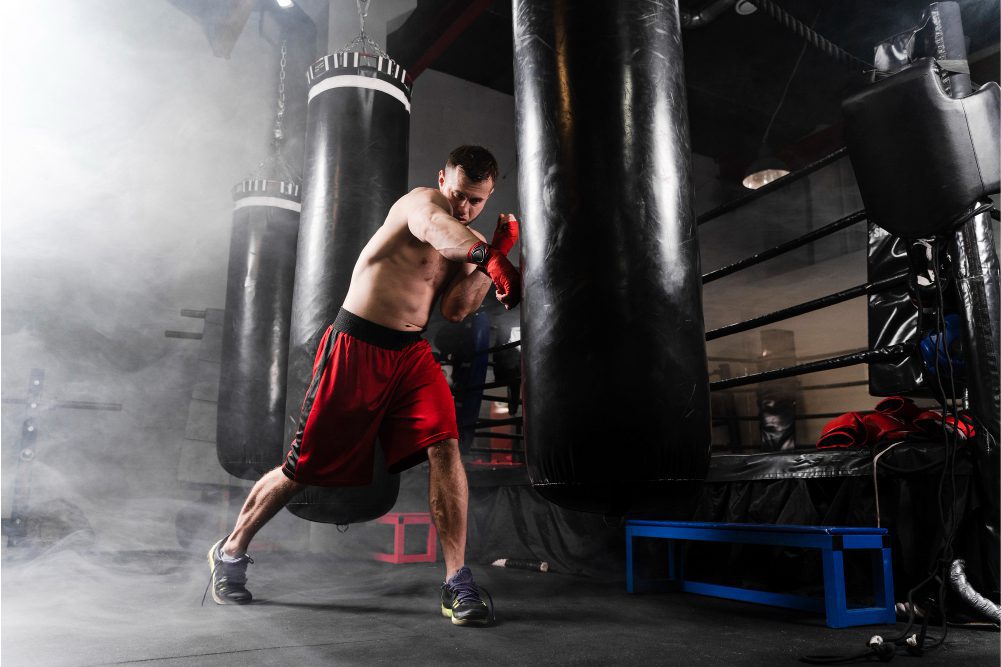

To train your solar plexus and make it more resistant to punches, you need to follow these steps:
- Do abdominal exercises, such as crunches, planks, leg raises, and sit-ups. This will strengthen your core muscles and protect your organs.
- Do breathing exercises, such as deep breathing, box breathing, and diaphragmatic breathing. This will improve your lung capacity and oxygen intake.
- Do cardio exercises, such as running, swimming, cycling, and skipping. This will enhance your cardiovascular fitness and endurance.
- Do sparring exercises, such as boxing, kickboxing, or martial arts. This will expose you to realistic punches and teach you how to react and defend yourself.
How to use the solar plexus punch in self-defense?
The solar plexus punch can be a useful tool in self-defense, but only if you use it wisely and responsibly. Here are some tips on how to use it in self-defense:
- Use it only as a last resort, when you have no other option but to fight back.
- Use it only to stun or incapacitate your attacker, not to harm or kill them.
- Use it only once or twice, not repeatedly or excessively.
- Use it only to create an opening or opportunity to escape, not to prolong the fight.
- Use it only when you are confident and accurate, not when you are unsure or reckless.
FAQs about Solar Plexus Punch
Here are some frequently asked questions about the solar plexus punch:
What is the difference between the solar plexus and the stomach?
The solar plexus is a nerve center located behind the stomach and below the rib cage. The stomach is an organ that digests food and produces acid. They are both part of the digestive system, but they have different functions and locations.
What is the difference between the solar plexus punch and the liver punch?
The solar plexus punch is a strike that targets the nerve center in the upper abdomen. The liver punch is a strike that targets the organ in the lower right abdomen. They both cause pain and difficulty breathing, but they affect different areas of the body.
What is the difference between the solar plexus punch and the heart punch?
The solar plexus punch is a strike that targets the nerve center in the upper abdomen. The heart punch is a strike that targets the organ in the center of the chest. They both cause pain and difficulty breathing, but they affect different systems of the body.
Can you die from a solar plexus punch?
It is very rare to die from a solar plexus punch, but it is possible in some extreme cases. If the punch is too hard or too frequent, it can damage the internal organs, rupture blood vessels, or cause cardiac arrest. However, this is very unlikely to happen in a normal fight or self-defense situation.
How can you avoid a solar plexus punch?
The best way to avoid a solar plexus punch is to avoid getting into a fight in the first place. If that is not possible, you can try to keep your distance from your opponent, keep your guard up at all times, keep moving and changing angles, watch their movements and body language, block or parry their punches with your hands or arms, counterattack with your own punches or kicks to their vulnerable areas.
Conclusion about Solar Plexus Punch
The solar plexus punch is one of the most effective and devastating strikes you can use in a fight. It can knock out your opponent, cause extreme pain, and even damage their internal organs. However, it also has some risks and limitations that you need to be aware of. To use it safely and effectively, you need to understand what it is, why it works, how to do it, how to defend against it, how to recover from it, how to train it, and how to use it in self-defense. By following these tips and steps, you can master the art of the solar plexus punch.
